Rajshahi, Sep 28 (V7N) – The rising waters of the Padma River have caused widespread devastation in the char (riverine) areas of Rajshahi and Chapainawabganj, displacing thousands of families and submerging vast tracts of agricultural land. Escalating river erosion, compounded by recent floods, has left residents scrambling to evacuate homes and livestock as their livelihoods are washed away.
For the past week, communities along the right bank of the Padma, near the Indian border, have been battling severe erosion. Villages like Char Bayarmari in Rajshahi and Paka and Narayanpur in Chapainawabganj are experiencing massive land loss. The erosion has been so extensive that many houses, along with large swathes of cropland, have been consumed by the river.
Asghar Ali, a resident of Char Bayarmari, shared his plight as he and his family evacuated to Railbazar Ghat in Godagari Upazila, Rajshahi. “Every year, our village is eaten away by the Padma. I’ve already lost 15 bighas of land and had to relocate six times. We’ve had no choice but to flee again this year as the river edges closer to our home,” said Ali. His family, like many others, loaded boats with livestock, rice, and household items in search of safer ground.
In Chapainawabganj, the situation is equally dire. According to reports, 6,000 families are currently trapped by rising waters, with entire villages submerged. The worst-hit areas include Alatuli and Narayanpur unions, where severe erosion has been ongoing since 2018. The river has already claimed over 200 homes in the past year, and this season, key infrastructure such as the Poladanga bridge has collapsed, isolating communities further.
Nazir Hossain, Chairman of Narayanpur Union Parishad, expressed his frustration, saying, “The erosion has been ongoing for years, and now our Union Parishad office is under threat. Despite multiple appeals to the authorities for support, we’ve received no help.”
In Rajshahi’s Bagha Upazila, the river has claimed Atarpara Government Primary School, forcing its closure. Hundreds of families in the surrounding areas, such as Chaumadia and Diyarkadirpur, are now living in waterlogged conditions, with many forced to flee due to the rapidly advancing river.
Agriculture has been hit hard, with the Rajshahi Divisional Agriculture Department reporting that 9,681 bighas of land in Rajshahi and 14,857 bighas in Chapainawabganj have been flooded. Crops in Natore’s Lalpur upazila have also been submerged, further jeopardizing the region’s food supply and economy.
Local authorities are trying to manage the crisis. Mahbub-ul-Islam, Additional Deputy Commissioner (General) of Chapainawabganj, stated that steps are being taken to verify the number of affected families and provide relief. “We are working to confirm the situation and will start distributing relief materials as soon as possible,” he said.
Meanwhile, the Water Development Board has forecast a possible decrease in water levels in the coming days, but the damage caused by the floods and erosion will take much longer to repair. Rezaul Karim, executive engineer of the northern hydrological measurement department, confirmed that the water has been rising for a week, but hopes that levels will recede soon.
As the people of Rajshahi and Chapainawabganj continue to fight the river’s wrath, their calls for a more robust response from the authorities remain urgent. The lives of thousands of char residents hang in the balance, as they search for new homes, salvaging what little they can from the ever-encroaching waters of the Padma.
END/RA/AJ



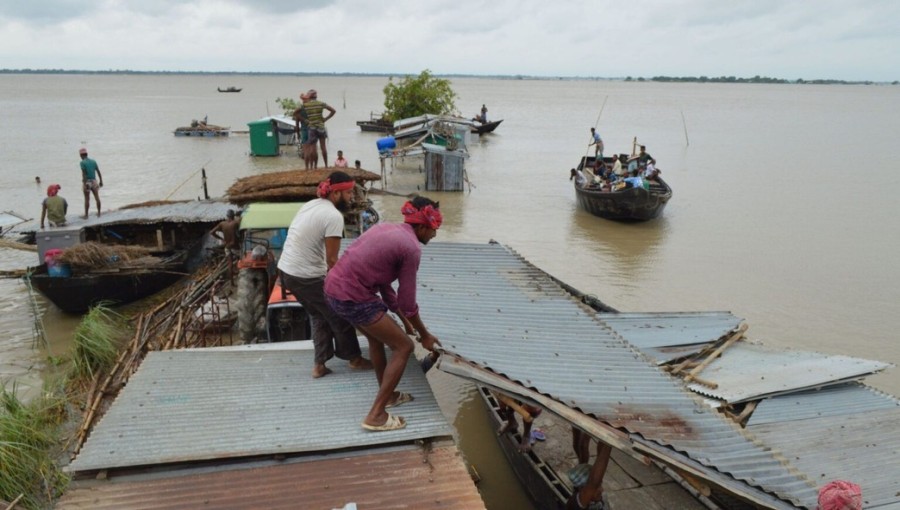
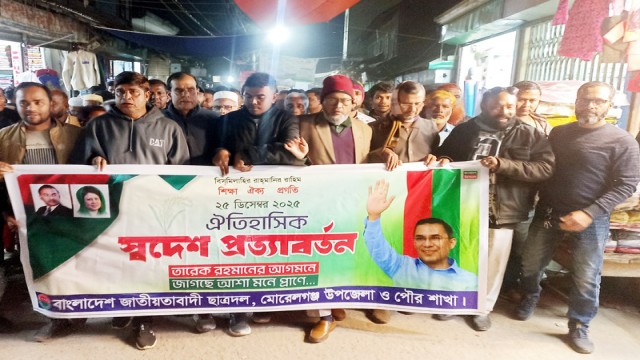

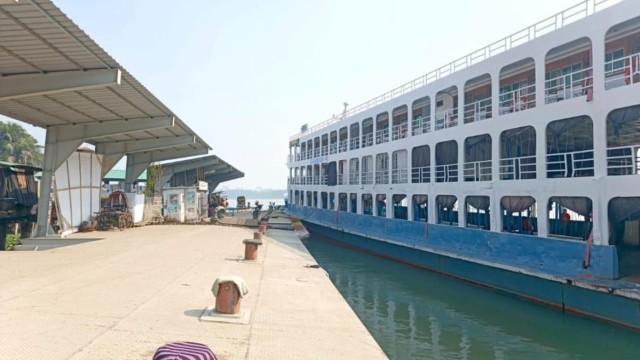
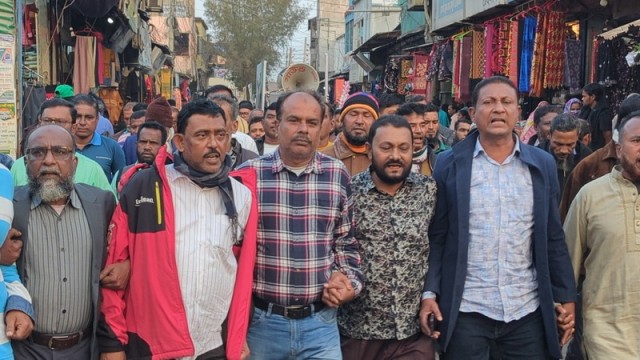
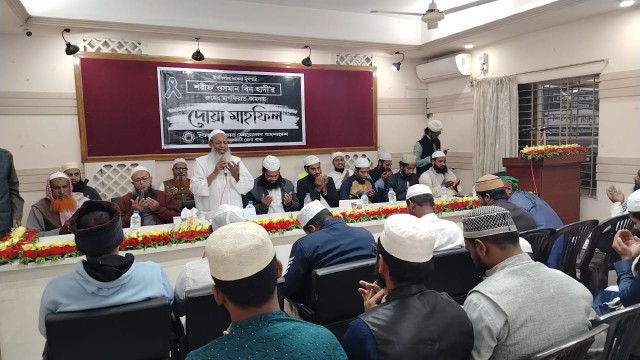
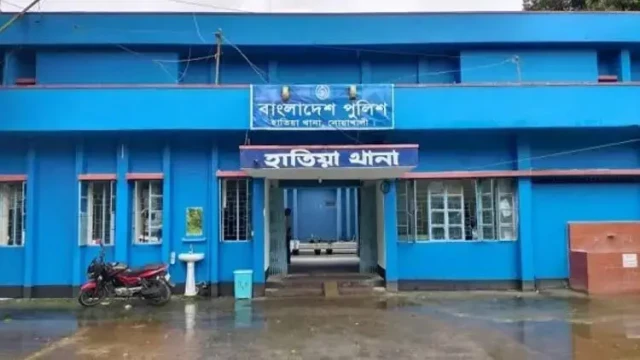
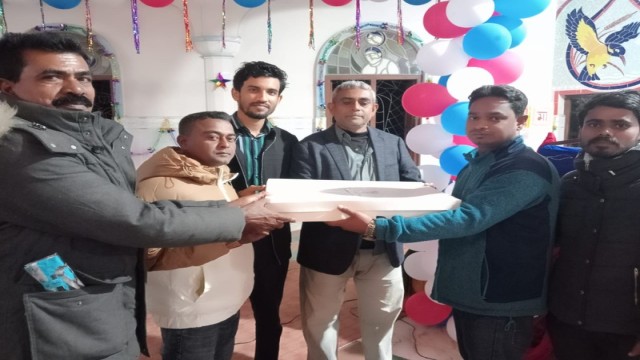
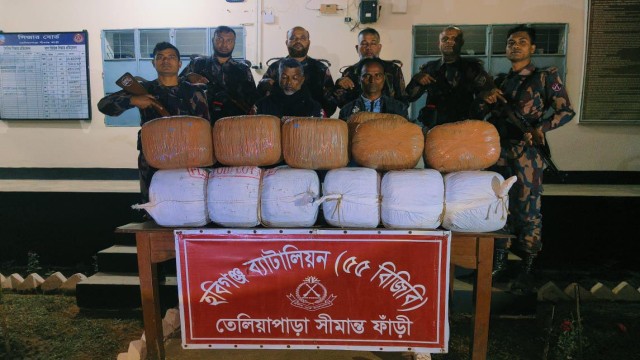



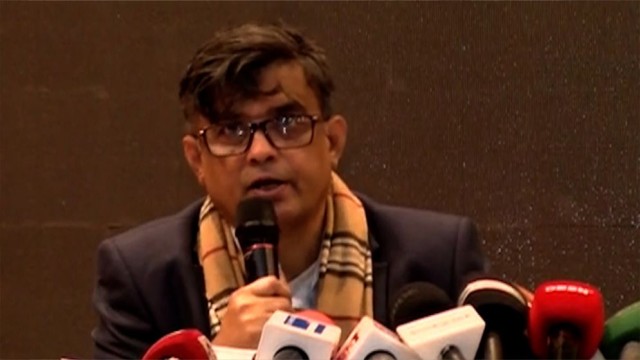
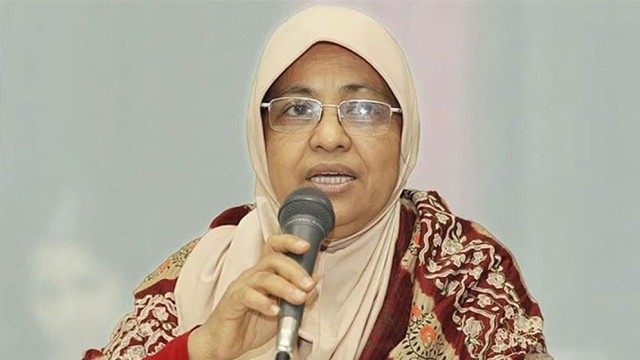

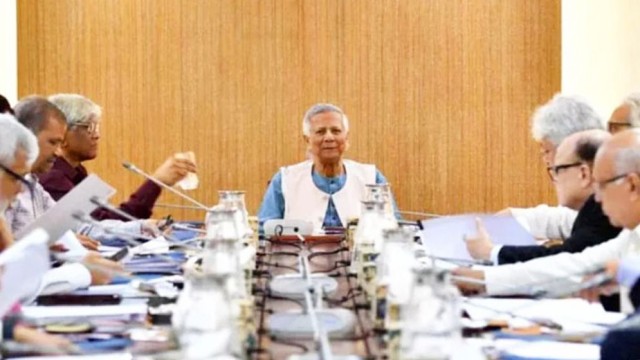
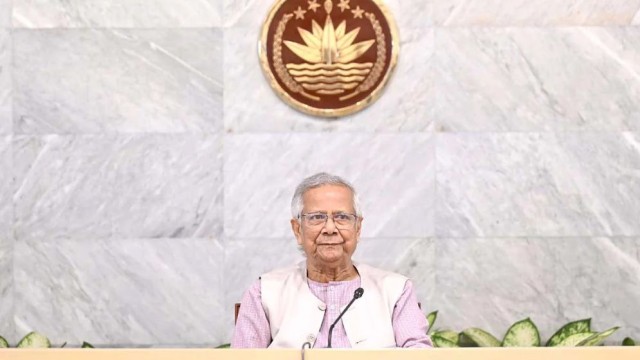










Comment: